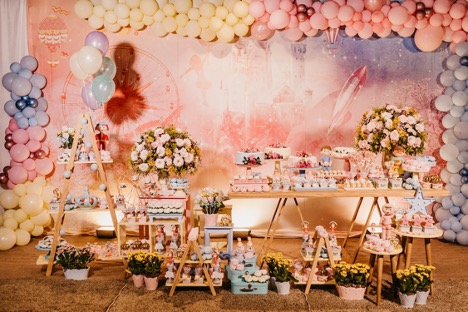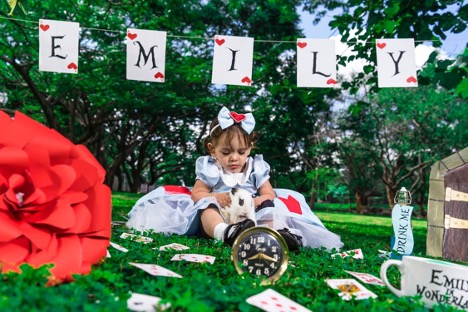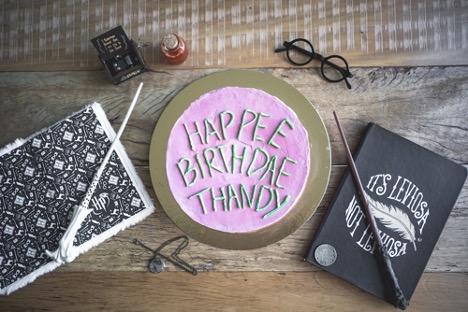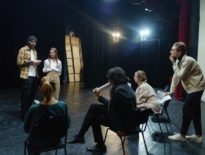
Source: https://www.pexels.com/photo/banquet-table-with-various-flowers-and-balloons-5610387/
Fictional parties are often used as a device to drive the plot or raise questions about society. Sometimes, the reason for a party is as practical as bringing together a disparate set of characters in one location. Parties in fiction are usually tied together by the same themes — which Naomi Milthorpe and Eliza Murphy explain as a celebration of society or a means to imagine and introduce new character types.
Whether filled with drama, excitement, or intrigue, there’s nothing like a good party to draw you further into the story and transport you from life’s monotony. Let us take you through the best parties in fiction we wish we could attend.
The Mad Hatter’s Tea Party (Alice in Wonderland)

Source: https://www.pexels.com/photo/a-little-girl-posing-in-an-alice-in-wonderland-themed-photoshoot-10182344/
Alice charts a journey full of surprises in this beloved classic by Lewis Caroll. During her adventures, she meets unique characters that lead her to unexpected situations. One defining moment in the book, and a scene imagined time and again, is the Mad Hatter’s Tea Party. Though its repetitiveness — with the riddles, remarks, and periodic seat switches — eventually drives Alice away, there’s no denying how deceptively appealing singing teapots are.
Bilbo’s Eleventy-First Birthday (The Lord of the Rings: The Fellowship of the Ring)
The Fellowship of the Ring is the first installment of the revered epic fantasy series Lord of The Rings. While the return to Middle Earth is thrilling, Bilbo Baggins hosting his 111th birthday party also makes quite the impact. It’s a foil to the only-the-young-can-party-well rhetoric. With the entire shire of Hobbiton in attendance, the party is as inclusive as it is extravagant. Trees are decked in lanterns, Gandalf orchestrates an immersive fireworks display, including a dragon firework show, and Bilbo encourages his guests to drink and feast all day — until he disappears that is after somewhat insulting his guests: “I don’t know half of you half as well as I should like; and I like less than half of you half as well as you deserve”.
The Yule Ball (Harry Potter and the Goblet of Fire)

Source: https://unsplash.com/photos/BbVWv5r6q-k
In Harry Potter and the Goblet of Fire, Professor McGonagall declares that the Yule Ball is tradition. This Harry Potter installment utilizes the ball as a means to dissect personal relationships. The Triwizard organizers study the students of Hogwarts from afar as they socialize with foreign guests and friends alike. Despite the ball’s deceitful nature, the evening still freed students to indulge in decadent treats and hours of dancing.
The Mardi Gras Masquerade (The Princess and The Frog)
The Mardi Gras Masquerade of The Princess and The Frog characterizes classic Disney imagery. Vivid music complements vibrant displays of dancing — which in this case feature New Orleans’ rich history of jazz music. Though Tiana turns into a frog right after the scene, the audience may find themselves still entranced by the liveliness that fills the LaBouff mansion. More than a masquerade party, Mardi Gras is a movement, and it invites everyone to participate in its celebration.
While it’s true the best fictional parties inspire self-reflection, their scale and execution often are the reasons why people are trying to recreate them today. The impact of a great party is undeniable after all. We wouldn’t be opposed to a Disney-inspired affair that gives us an excuse to dress up, or even a Star Wars one complete with lightsaber balloons.
Article contributed by Rosetta Jules
Exclusively for Jonah’s Twisters


